By Blaine Taylor
On October 6, 1943, Dr. Albert Speer, Reich minister of armaments and war production for the Third Reich, gave a 50-minute address to the assembled top officials of Nazi Germany at Posen Castle in occupied Poland’s Reich Gau (Region) of Wartheland on the critical state of World War II at that point.
Nazi Propaganda Minister Dr. Josef Goebbels later noted in his diary entry, “Speer told them very bluntly that no protests and no arguments would deter him [from converting all plants to war production]. He is, of course, right….”
But that is not how the “Golden Pheasants” of the Nazi Party—the Reichsleiters (national leaders) and Gauleiters (regional leaders)—or secretary to the Führer Martin Bormann (already a deadly Speer foe) saw it, as they sat stunned in the sumptuous Golden Hall of the castle, summoned especially for the occasion.
They took special umbrage at Speer’s next words, which they correctly viewed as a direct threat to their domains: “You will please take note of what I am saying. The manner in which some of the Gaue have hitherto obstructed the shutdown of consumer goods production will no longer be tolerated…. I am prepared to apply the authority of the Reich Government at any cost. I have discussed this with Reichsführer-SS [National administrator of the SS] [Heinrich] Himmler, and from now on, districts that do not carry out within two weeks the measures I request will be dealt with firmly.”
Was Speer grand-standing, claiming more power for himself than he should have? Whatever the case, he ruffled many Nazi feathers with his speech.
Bormann, who was also present, returned to Adolf Hitler with this information in a successful attempt to undermine Speer’s standing with his Führer. Himmler had also spoken at Posen, and it was on this notorious occasion that he told the assembled guests about what the SS had been doing “in the East” to the Jews and others since the German invasion of the Soviet Union on June 22, 1941.
This was “part of Hitler’s determination to make sure that his supporters were all implicated in the catastrophe he was bringing on Germany,” wrote Gitta Sereny in her excellent revisionist 1995 work, Albert Speer: His Battle with Truth.
Speer later claimed that he wasn’t there—that he’d left before Himmler spoke—and that, therefore, he didn’t know about the terrible realities of “the Final Solution of the Jewish Question.” He did, of course, know of the slave-labor conditions in use at the underground V-2 rocket factory at Nordhausen/Dora in the rugged Harz Mountains of Germany that was under his direct control.
An Opportunist With No Principles
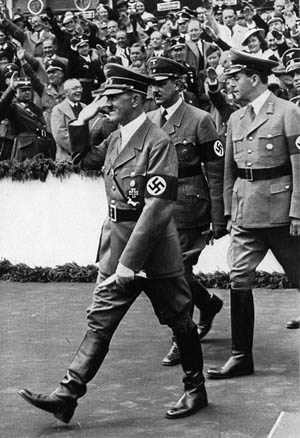
How did a talented, intelligent architect from an upper-middle-class family in Mannheim, educated at the Institute of Technology in Karlsruhe and universities in Munich and Berlin, find himself in this situation?
In his best-selling biography, Speer: The Final Verdict, published in 2003, the late German author Joachim C. Fest included much interesting detail on young Albert’s early family life. The son of an architect, Albert grew up to be a man of no fixed principles and an opportunist––the type who can be found in virtually any American corporate boardroom today. On the other hand, as Fest pointed out, “Unlike nearly all the members of Hitler’s close entourage, Speer was never servile or undignified,” which probably gained him a measure of respect in the Führer’s eyes. His demeanor would also impress the Allied court during the International Military Tribunal in Nuremberg in 1945-1946.
Not only did Fest himself grow up during the Nazi period in Germany, but––following Speer’s release from prison–– worked closely with the new memoirist as his editor on his first two best-selling volumes, Memoirs: Inside the Third Reich and Spandau: The Secret Diaries.
In 1933, Hitler, who had once dreamed of an architectural career himself, met Speer and was impressed by the young architect and his monolithic designs that would become the template for “Fascist” architecture. Hitler gave Speer some “small” initial projects, such as Nazi monuments, but the scope of his work quickly grew.
The Nuremberg Spectacle
Speer’s career was profoundly influenced not only by his most famous patron, Hitler, but also by the timely deaths of two men. The first––Dr. Paul Ludwig Troost–– the Führer’s original main (but not only) architect, died suddenly in 1934. Speer, then 29, succeeded him and took over most of Hitler’s grandiose building projects, such as the parade grounds at Nuremberg where the 1934 Nazi Party Congress would be held (captured by Leni Riefenstahl in her iconic and powerful film, Triumph of the Will).
In fact, it was Speer who was responsible for orchestrating Nuremberg’s spectacular setting—the gigantic Nazi eagles and emblems, the striking lighting effects, the sea of swastika-emblazoned flags, the stirring military bands, and the tens of thousands of uniformed marchers. Remarking on the frenzy of the crowds at Nuremberg, the American journalist William L. Shirer wrote that Hitler “was restoring pageantry to the drab lives of Germans.” He, of course, did not know that it was Speer who was behind the magic curtain. Speer had even bigger dreams; plans for a 400,000-capacity stadium at Nuremberg were also in the works.
While churning out designs for the Reich, Speer was also working as a freelance architect. The workload was crushing. Joachim Fest reported that Speer “was stupefied by the never-ending flood of inquiries, commissions, journeys, and administrative duties, often coming home late in the evening, ‘speechless with exhaustion.’ To begin with, he had refused to accept a fee for his official work, but he increasingly got into difficulties. Only toward the end of 1935, when Göring assured him with his constantly cheerful greed, ‘They’re all nonsense, your ideals. You’ve got to make money!’ did Speer accept a fee of 30,000 marks for his work up until then.”
The Grand Architectural Plans of the Nazi Party
On January 30, 1937—the fourth anniversary of his being appointed Reich chancellor—Hitler elevated his young protégé to the position of general building inspector of the Reich. This made Speer a state secretary in the Reich cabinet, which meant that he was, in effect, serving as the Führer’s own deputy in all matters architectural, reporting to him alone.
The young man of 32 had arrived. He and his patron immediately meshed, asserted author Fest, because Hitler was “always ready to take the most eccentric ideas seriously and put them into effect with that fearlessness with which he etched himself so indelibly on the world’s memory.”
Soon Hitler began entrusting more and more projects to Speer, including the German pavilion at the 1937 Paris Exposition (see WWII Quarterly, Winter 2011), a number of government buildings (including the new Reich chancellery in 1939), and the greatest plum prize of all: turning Hitler’s dream of converting dowdy Berlin into the shimmering Welthauptstadt Germania––the capital of a Nazi-dominated Europe––into reality. Numerous buildings from the overall plan were erected in the prewar years.
His biographer also noted that it was Speer who was given the task of “arranging a harvest festival on the Buckeberg near Hameln” that annually drew over a million peasants and farmers in their colorful garb, no mean feat. Fest pointed out that Speer was not the Führer’s sole architect––that Hermann Giesler (whom Hitler took with him to Paris along with Speer on June 28, 1940, for his only tour thereof) was his great rival, a fact that Speer never acknowledged in his own trio of postwar volumes.
Thus, only Nuremberg and Berlin were solely Speer projects, while Bormann—Speer’s most malevolent enemy—saw to it that Giesler got the much sought-after commissions of buildings on both the Obersalzberg in Bavaria and at Linz. The latter was the projected site of Hitler’s planned tomb in Austria, which would never be built, just like most of the other grandiose Nazi prewar structures.
Still, Speer sought to build the “highest skyscraper for Hamburg, the greatest seaside resort for the island of Rugen, and the world’s most powerful radio transmitter.”
The Death of Fritz Todt and the Armament Miracle
As the war clouds over Europe gathered in 1939, Speer was not shy about siding with those who favored going to war. With its coming, ironically, Speer’s rising star in Nazi Germany started to peak—if not to fall—because his role as a majordomo in the building sphere gained him no laurels at Hitler’s military conference tables at the various Führer headquarters spread out across German-occupied Europe.
But Speer’s life would take a dramatic turn before long.
Then the second of two men who would propel Speer’s career into the heights died. On February 8, 1942, engineer Dr. Fritz Todt, head of Organization Todt––the construction arm of the Third Reich and pre-war builder of the autobahns (the world’s first true automobile expressways)––and Nazi Germany’s initial wartime arms tsar––was killed in a mysterious airplane crash that Speer, in his memoirs, implied may have been an assassination. Hitler, in a stunning rebuke to Reich Marshal Göring (who coveted the post himself), appointed Speer to succeed Todt––despite Speer’s protestations that he knew nothing about armaments production.
According to Speer in 1970, Hitler said merely, “I know you will manage it,” and he knew his man well enough. By the end of the war three years later, Speer had not only returned production to private industry from the bungling of Nazi Party bureaucrats and regulators, but actually managed to produce more planes, tanks, and guns in the last year of the conflict. This, ironically, was as the Nazis were losing the war, rather than had been done under Todt, when they were winning. Allied historians thus credited Speer with prolonging the war by at least a year.
In the course of this truly phenomenal achievement, Speer employed millions of foreign slave laborers, including Jews—thousands of whom died—and thus began his road to eventual imprisonment and possible eternal damnation in history. As he plainly acknowledged—although he lied about explicitly knowing during the war of the extermination of the Jews and others—“It will be my stamp.”
Speer Rises Through the Third Reich’s Ranks
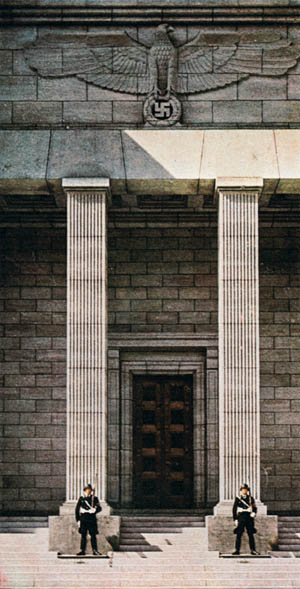
On the purely military side of the ledger, Joachim Fest asserted, “After the conclusion of the Norwegian campaign [in 1940] Hitler commissioned [Speer] to take on the plans for the new town that was to arise near Trondheim, Norway. With shipyards, docks, and a quarter of a million inhabitants, it was to be the largest naval base of the future Reich,” most likely for the planned naval war with the United States’ Atlantic Fleet.
Continued Fest, “Although he was one of the producers, Speer himself was undoubtedly gripped by these overwhelming emotions: seducer and seduced at the same time. ‘I was swept away,’ he admitted, adding that he would not have hesitated to follow Hitler ‘blindly … anywhere.’ He always insisted that the relationship that had developed between them had resembled that of an architect toward an admired patron rather than of a follower toward a political leader.”
“Not until much later did [Speer] realize that whenever the regime was accused of persecution or breaking treaties, he subconsciously began to search for justifications, and that soon he had joined the chorus of yes-men.”
Whatever else can or cannot be said of Adolf Hitler, he never did anything by halves, and thus Speer emerged as the handmaiden of his will in many of his better-known projects, such as their joint buildings that can still be seen in both actuality (among other things, the street lamps he designed for Berlin are still there) and also in models in period prewar and wartime films today.
Indeed, more than 40 “Führer cities” across Germany were slated for rebuilding by the dynamic architectural duo of Hitler and Speer. By 1940, Speer had emerged as a major power player within the Third Reich.
Speer’s Health Problems
It was in his new role that Armaments Minister Speer would take his place on the world stage, becoming as familiar to Western newsreel audiences as he was at home in the Reich.
In effect, by reversing Göring’s earlier blunders made during the latter’s Four Year Plan economic dictates of 1936-1942, Speer returned armaments (and later war production) to the private-sector captains of German industry––mainly by ousting the Party’s own bureaucrats. These men knew what they were doing, and Speer allowed them to do it with a minimum of oversight and supervision. As long they met his and Hitler’s production-quota demands, he was happy––and so was his grateful Führer.
In the midst of his two unsettling dilemmas—the requirement to increase industrial output during the increasingly heavy Allied air raids and his use of slave labor in the armaments industries to achieve that increase––plus his almost by now certain knowledge that Germany had lost the war in terms of production against the Allies—Speer decided to spend Christmas 1943 in German-occupied Lapland in the far north with his personal secretary, Annemarie Kempf, and one of his top aides, Rudolf Wolters—rather than with his family, or even with Hitler.
It was in Lapland that he developed a swollen left knee and, later, leg, which by January 18, 1944, left him at age 38 in a state of collapse and overwork. He asked his friend SS Dr. Karl Brandt—Hitler’s own surgeon and commissioner for public health—for advice. The latter recommended to him SS Dr. Karl Gebhardt, a leading orthopedic surgeon with a hospital of his own outside Berlin, who was also a personal friend of Himmler.
Speer later claimed that he did not know that this hospital at Hohenlychen was an SS facility, but this is difficult to believe in the light of his detailed knowledge of virtually everything in Nazi Germany. And, after the war it was revealed that SS criminal medical experiments were performed there as well.
The Plot to Remove Speer
Speer was now in the clutches of the SS and Himmler, another of his rivals for the eventual succession to Hitler as Führer. Himmler was a certain plotter during 1944 and planned to inaugurate an SS state with himself as Führer in the spring of 1945 in an alliance with the Western Allies to continue the war against the Russians.
But first, in that scenario, Speer must go. If the new patient at Hohenlychen were to die conveniently under SS medical care, Speer as a rival would disappear, and Himmler could concentrate next on the man closest to Hitler, Martin Bormann.
Bormann, on May 10, 1941, had succeeded Deputy Führer Rudolf Hess in his duties––if not his title––as head of the Nazi Party when the latter had flown to Scotland on a supposed “peace” mission and was incarcerated for the duration.
One of Bormann’s operatives was a spy within Speer’s own ministry—Franz Xaver Dorsch, head of Organization Todt, which was tasked with building the “West Wall” (Siegfried Line) and the “Atlantic Wall” fortifications to repel the forthcoming Allied invasion of western Europe. Dorsch was an admirer of the late Dr. Todt and had hopes of succeeding him as armaments minister until Hitler named Speer instead to the coveted post.
For the 10 weeks that Speer lay in the hospital at Hohenlychen, Dorsch was the linchpin behind the secret cabal to overthrow him that included not only his own shadowy, secret boss Bormann, but also the duplicitous Dr. Goebbels, German Labor Front Leader Dr. Robert Ley (who wanted Speer’s job outright), and also Reich Marshal Hermann Göring, who had lost many of his previously held economic Four Year Plan powers to Speer in 1942.
Diagnosing Speer’s Condition
Indeed, within the Third Reich, the ambitious (some said arrogant) Speer had developed a powerful host of enemies who were now determined to bring him down once they clearly saw their opportunity—as they now did.
Both Speer himself and Annemarie Kempf said after the war that they believed Himmler was out to assassinate him medically. The secretary even claimed to have overheard a conversation between Himmler and Dr. Gebhardt that concluded with the words to the doctor, “Well, then, he’ll just be dead!” Himmler was already making inroads into Speer’s domain, according to the latter’s 1981 book Infiltration: How Heinrich Himmler Schemed to Build an SS Industrial Empire, his third and last volume of personal memoirs.
Gitta Sereny wrote, “On admission, January 18, 1944, Gebhardt’s clinical notes say, ‘The patient appeared exhausted. Exceptionally taut swelling of the left knee joint. We immobilize the leg and apply arnica poultices. Diet: vegetarian and fruit.’
“When there was no improvement after five days, he ordered massive doses of sulfa. Eight days after admission, although Speer showed general cold symptoms—bronchitis, hoarseness, and nasal catarrh—and although the consultant’s registrar suspected pleurisy, Gebhardt stuck to his diagnosis of rheumatoid inflammation of the left knee.
“Although a retrospective study of Gebhardt’s clinical reports clearly establishes that he misdiagnosed his patient—who either already on arrival had the beginnings of an embolism, or developed it in the course of that week—it is highly doubtful that, given Speer’s determination to continue working, any physician could have done much better.”
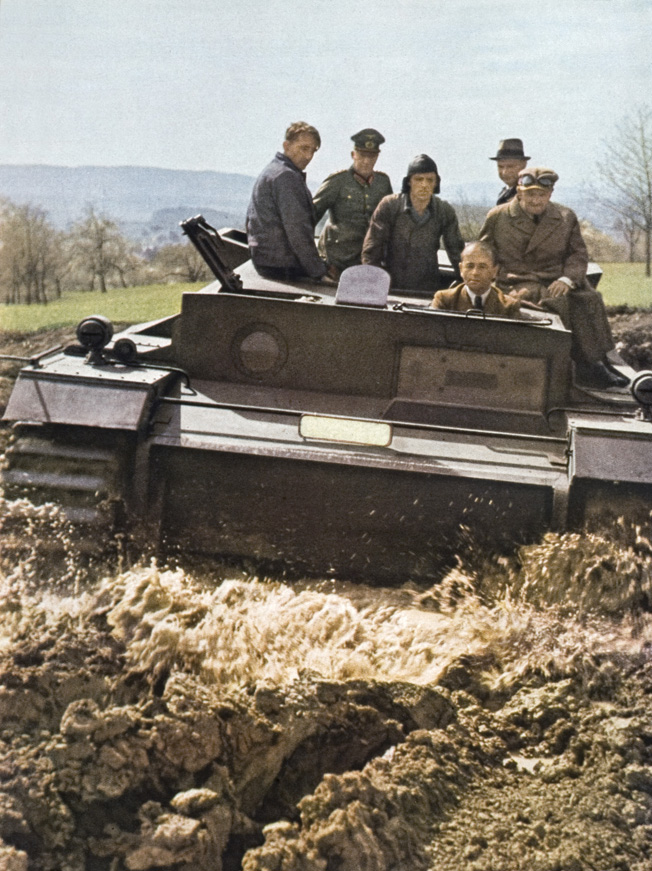
Meanwhile, while the palace revolt went on within Speer’s ministry at Berlin, during his absence, Fraulein Kempf remained at his side constantly. When it appeared that Speer had taken a turn for the worse and might actually die, it was she who called his wife, Margarete, urging her to come at once, and also to get another doctor for a second opinion. Margarete did so, bringing onto the case Professor Friedrich Koch.
Under Koch’s care, the crisis passed on the night of February 11-12, 1944, leaving the patient in what seems to be described as a drug-like trance. He himself later stated, “I’ve never been afraid of death since I’m certain it will be wonderful.” Noted Dr. Koch, “An astonishing recovery on the 15th … breathing normal, no other physical symptoms.”
The origin of the inflammation of the knee and then the left lung remained “a mystery,” though. Dr. Gebhardt had wanted to perform an operation to puncture the left lung, but Dr. Koch declined. Speer also thought that the SS doctor wanted to poison him.
Speer’s Resignation Letter
Speer was then moved to the grounds of Castle Klessheim in Austria, the German Foreign Office’s lavish, Baroque guest facility near Salzburg for heads of state who came to see Hitler. It was there—after a 10-week-long recuperation—that he again saw his Führer for the first time since his illness began, when the latter came to visit him. Their reunion was a cold affair, though, with both men noticing the difference from former times when their being together as “fellow architects” had been so warmly anticipated.
Now, Speer would recall later, he believed Hitler to be a criminal who was bringing death and destruction to Germany, and the end to all their joint building plans as well––not to mention the lost war and the Holocaust in the East for which the entire leadership corps of the Third Reich would one day have to pay with their necks.
From Salzburg, the entire Speer family left for an additional six-week recuperation stay at Castel Goyen near Merano, Italy, where Speer mused over the past decade of his life—and decided to resign from his post as minister of armaments and war production. He submitted his resignation to Hitler on April 19, 1944, the day before the latter’s 55th birthday. While Göring fumed that he simply could not do this, Hitler raged to his own secretary Johanna Wolf that it was “impertinent.” At Merano, Speer was “guarded” by 25 SS men.
It was at this point that a delegation headed by Speer’s ally, Luftwaffe Field Marshal Erhard Milch, arrived unexpectedly to plead with him not to resign and to reassure Speer that he still retained Hitler’s favor. An enraged Speer blurted out, “The Führer can kiss my ass!” to which the shocked marshal replied, “You are much too insignificant to use such language toward the Führer!” in an attempt to cut him down to size.
Earlier that same day, April 20, industrialist Walter “Panzer” Rohland arrived from Hitler’s birthday party at the Berghof—the Führer’s alpine retreat at Berchtesgaden—to also beg Speer to remain at his post, using for the first time the words “scorched earth,” which Soviet dictator Josef Stalin had employed to halt the German drive outside Moscow in 1941, and that had so impressed Hitler at the time. Would the Führer use the same methods in regard to the Reich? Rohland believed that he would, and for this reason alone, Speer must remain at his post, he asserted.
Speer decided to reconsider his position. Meanwhile, Dr. Gebhardt had told everyone that Speer was incapable of returning to work, Hitler told Frau Speer her husband might die (as Göring also intimated to the patient), and the Reich marshal was gleefully shopping around for a successor to boot!
Later, Speer decided to fly directly to see Hitler at the Berghof. Dr. Koch approved the flight on medical grounds, but Gebhardt balked. Koch recalled later, “He again accused me of not being a ‘political doctor.’ Here, as in Hohenlychen, I had the impression that Gebhardt wanted to keep Speer in his clutches.”
At the Berghof, Speer was received, curiously, by the Führer as a “visiting head of state,” as he noted in his best-selling Memoirs: Inside the Third Reich: “Hitler had donned his uniform cap and, gloves in hand, posted himself officially at the entrance…. He conducted me into his salon like a formal guest…. Although the old magic still had its potency, although Hitler continued to prove his instinct for handling people, it became increasingly hard for me to remain unconditionally loyal to him.”
Albert Speer: An Apolitical Technocrat?
According to a well-researched and tautly written account by Dr. Matthias Schmidt, Albert Speer: The End of a Myth, Speer gave his all to prolonging the war and encouraging the German people to “stick it out,” even though––asserted Dr. Schmidt––he must have known that it was hopelessly lost long before his famed March 1945 memo to Hitler stating as much. Far from seeking to limit the Führer’s “scorched-earth” policy to provide a postwar life for the Germans, Schmidt translated this as merely Speer’s desire to maintain the Reich’s industry as the basis of his own, personal power in a new life after Nazism was defeated.
It is Dr. Schmidt’s last thesis that—far from being an “apolitical technocrat”—Speer participated up to the hilt in Nazi grand power politics to the best level that he could and strove to succeed Hitler himself as Führer. Moreover, Speer worked in tandem with Himmler to first build, and maintain, the extermination camps that promulgated the “Final Solution of the Jewish Question” across German-occupied Europe during the latter years of the war.
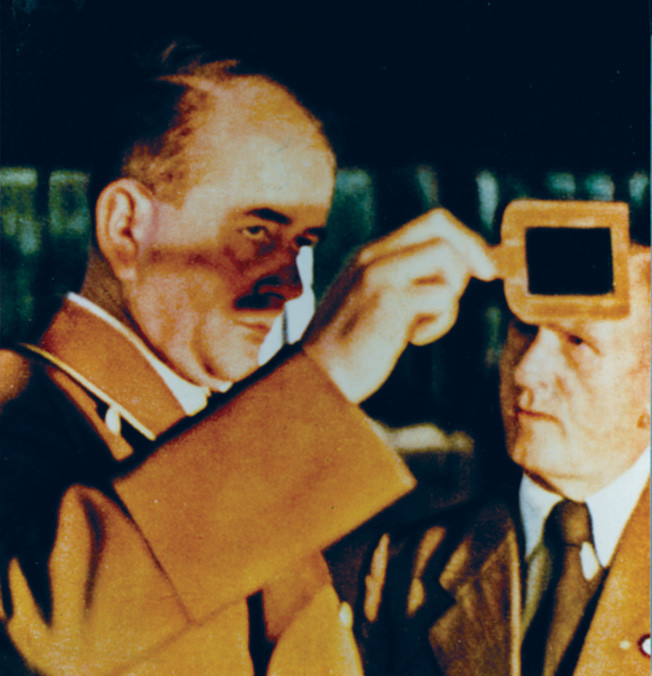
as German minister of armaments and war production.
Nevertheless, whatever differences there were between the two men were papered over—at least for the next year, that is, when the threatened scorched-earth policy that Rohland had mentioned became a dire possibility. Dorsch was restrained and placed once more under Speer’s complete control. Speer said, “I had learned the valuable lesson that a resolute stand with Hitler could achieve results” [in suppressing the Dorsch revolt]. Martin Bormann was defeated on this and other issues as well, and tried unsuccessfully to cultivate a friendship with Speer that was doomed from the start, because the men loathed each other.
Göring retreated to his hunting preserve at Karinhal outside Berlin, and Dr. Ley’s plan to succeed Speer was aborted. The wily Goebbels realigned himself with Speer in time for the July 20, 1944, German Army bomb plot explosion designed to kill Hitler at the Wolf’s Lair in East Prussia. Indeed, on that very day, the two men were together in Berlin.
Oddly, for Speer himself the danger was not yet over, as his own subordinate, Walter Brugmann, died in a mysterious plane crash on May 26, 1944, very similar to that of Speer’s own predecessor, Dr. Todt. Had someone sent him yet another warning of his mortality?
As Speer noted in his memoirs, his absolute loyalty to the Führer and the Nazi Party had been shaken by these events: “I was beginning to bid farewell.”
Albert Speer at Nuremberg
In April 1945 the Nazi empire was on its last legs. Grand Admiral Karl Dönitz was appointed by Hitler to become head of government in the event of his demise. Named Reich minister of economy and production by Dönitz, Speer sought to buy time under this “operetta government,” stated Schmidt, until the Western Allies themselves would name him to head the new Reich under their aegis (a vain hope also shared by Hess, Himmler, and Göring all, by the way).
But it was too late. Germany’s army, navy, and air force were defeated. The cities were rubble, the infrastructure destroyed. Millions were dead or homeless. And the hunt was on for the perpetrators of the war crimes in order to bring them to justice.
Taken prisoner by the Americans in Flensburg along with Dönitz and a few others in the “new” Nazi government, Speer was transported to a castle in Mannheim that had once been a headquarters for Göring and would serve as a temporary holding facility until he was taken to Nuremberg to await trial.
Placed in the Nuremberg dock full of accused war criminals in November 1945, Speer was very nearly hanged for his crimes. Based on what has been revealed since his death in 1981, it is fair to assert that, had these revelations of the true state of his knowledge of war crimes been known to the tribunal, Speer most likely would have been hanged.
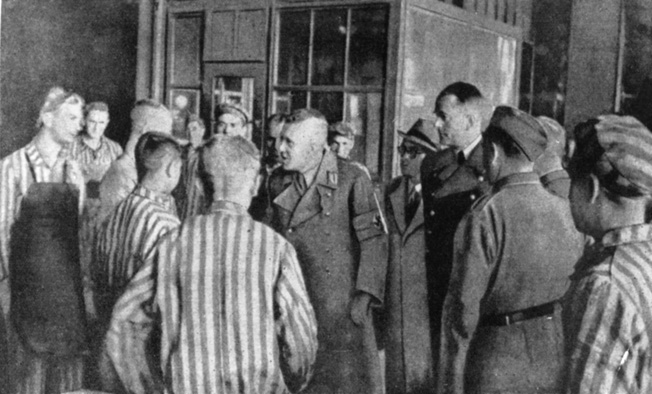
At the tribunal, Speer denied all knowledge of the planned destruction of the Jews and others during the Holocaust, but nevertheless accepted full responsibility before an outraged humanity and the sober judgment of posterity for his role as a top figure in one of history’s most grisly epochs. As William L. Shirer observed at the trial, “Speer would distinguish himself by being the only defendant to show remorse for his crimes.”
Found guilty on September 30, 1946, for his use of slave labor in the armaments factories, he avoided the hangman and was sentenced to 20 years in Berlin’s Spandau prison.
Speer as Historian
The last stage of his career––as historian (some say apologist) for the Nazi regime––evolved from his enforced confinement at Spandau. During his two decades there, Speer secretly worked on three books, all with the continuing aid of a prewar, wartime, and even postwar associate whose name never once appears in any of Speer’s own writings: Dr. Rudolf Wolters. Wolters knew Speer from their student days in 1924, and kept the originals of the formal Speer Office Journal during the war.
Speer produced the first of his postwar books––Inside the Third Reich, published in the United States in 1970––at least in part in prison, where the first draft was written, done on toilet paper and cigarette packs, and then smuggled out by friendly guards. This was later revised into proper book form upon his release. It was and remains an unrivaled, close-up view of the top stratum of the Nazi leadership corps in both victory and defeat.
The second tome––Spandau: The Secret Diaries (1976)––was essentially more of the same, interspersed with self-debates over the moral questions posed by the fate of the Jews, and his own sellout to Hitler for a top spot among the chosen. The last book, Infiltration (1981), was a detailed account of how the SS successfully invaded his production turf over the years.
Speer would outlive virtually all of the Third Reich potentates. Hitler, Bormann, Himmler, and Drs. Goebbels and Ley all died in 1945, while the captured Göring took a cyanide capsule in his Nuremberg jail cell on October 16, 1946. Of the two SS doctors involved in the Speer case, both Karl Brandt and Karl Gebhardt were tried, convicted, and hanged by the Allies in 1948 for their roles in crimes against humanity.
Unlike many other convicted German war criminals whose sentences were later reduced, Speer remained locked up for his entire 20-year sentence.
A frail and white-haired Albert Speer died while on a visit to London, ironically, on September 1, 1981, the 42nd anniversary of the German invasion of Poland.
A man of subtle irony, Dr. Speer would have appreciated that––in death as well as in life––he has remained a controversial figure: damned by many, understood by some, and acknowledged by most historians today as the preeminent memoirist of his era in history.

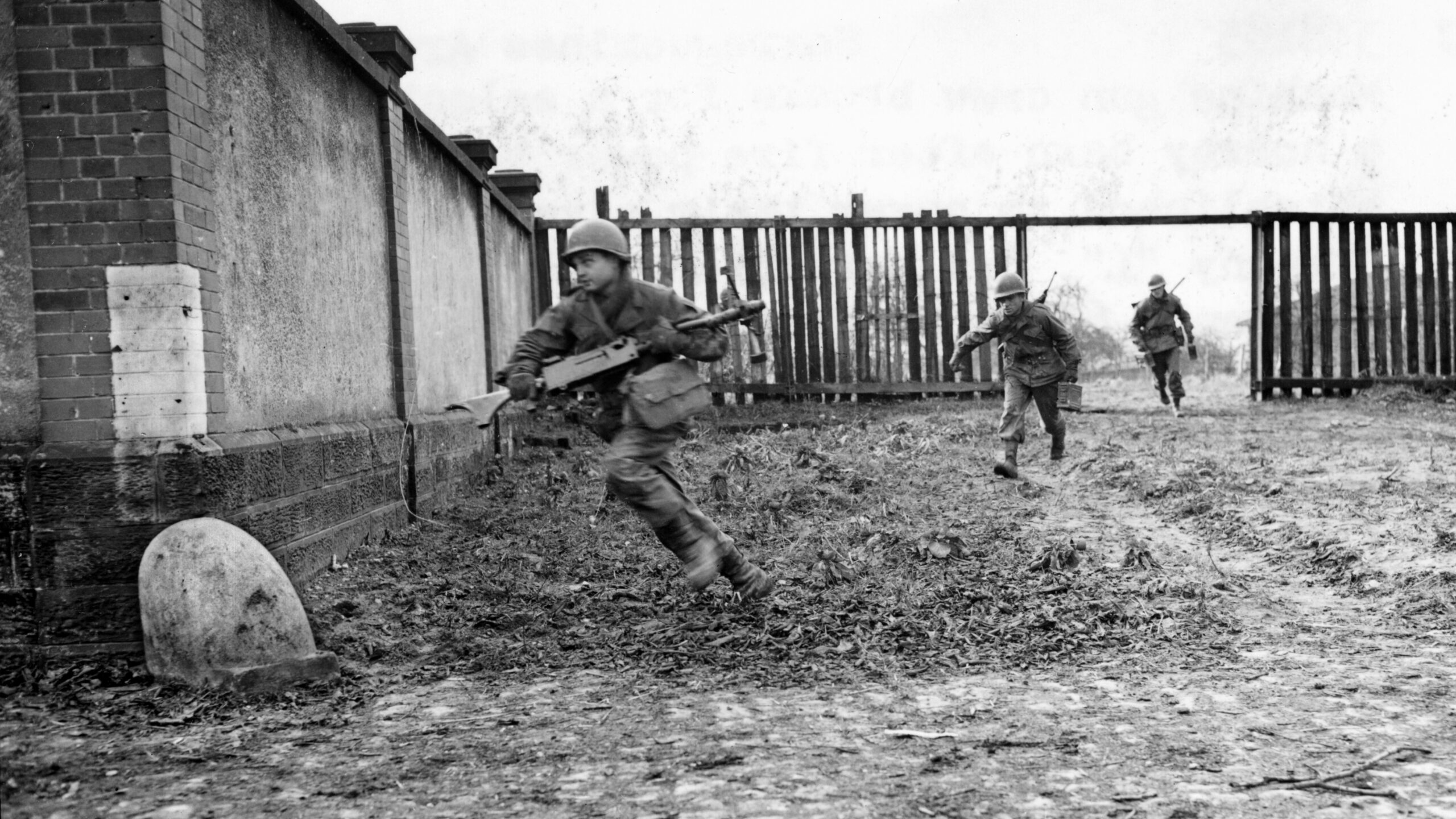
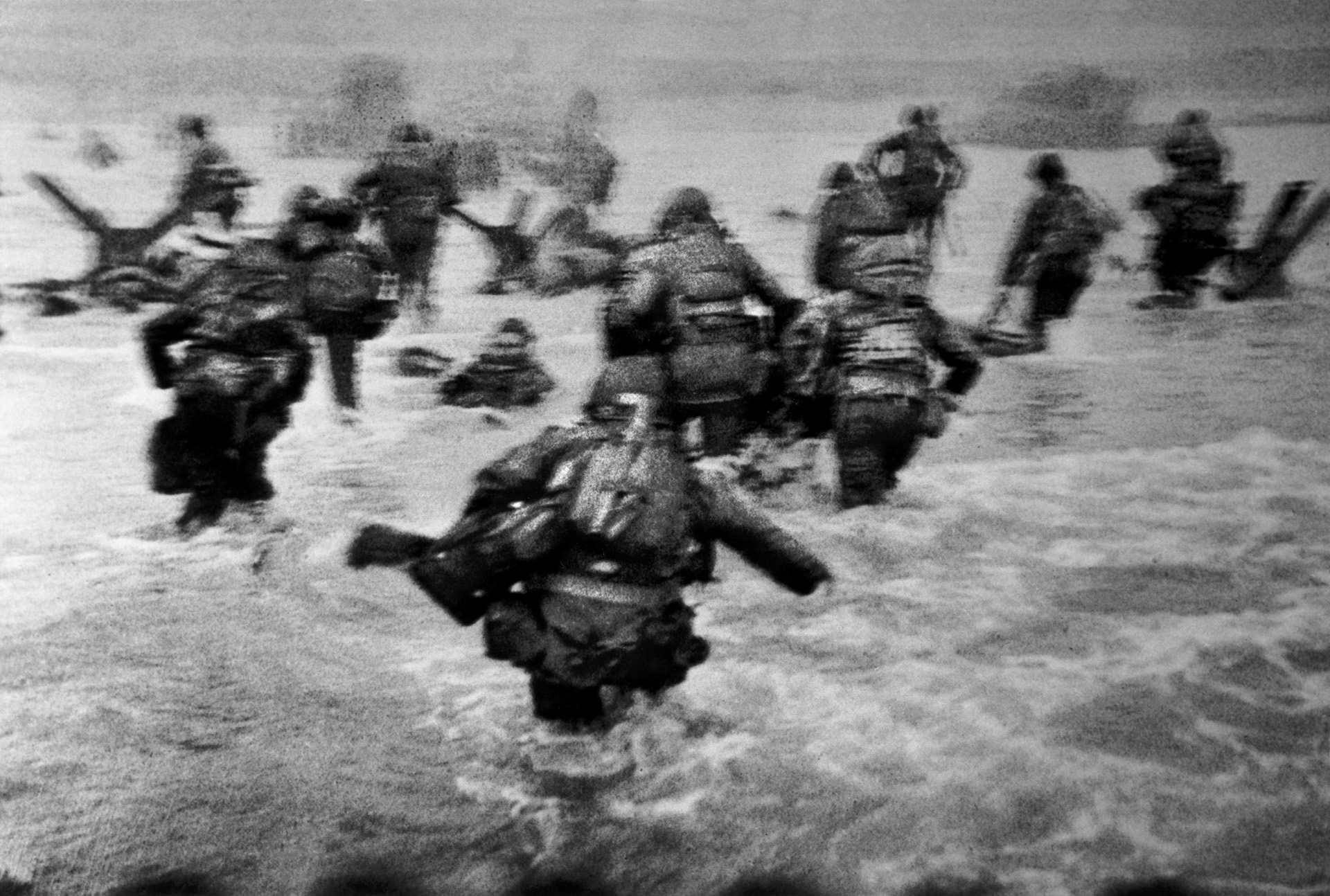
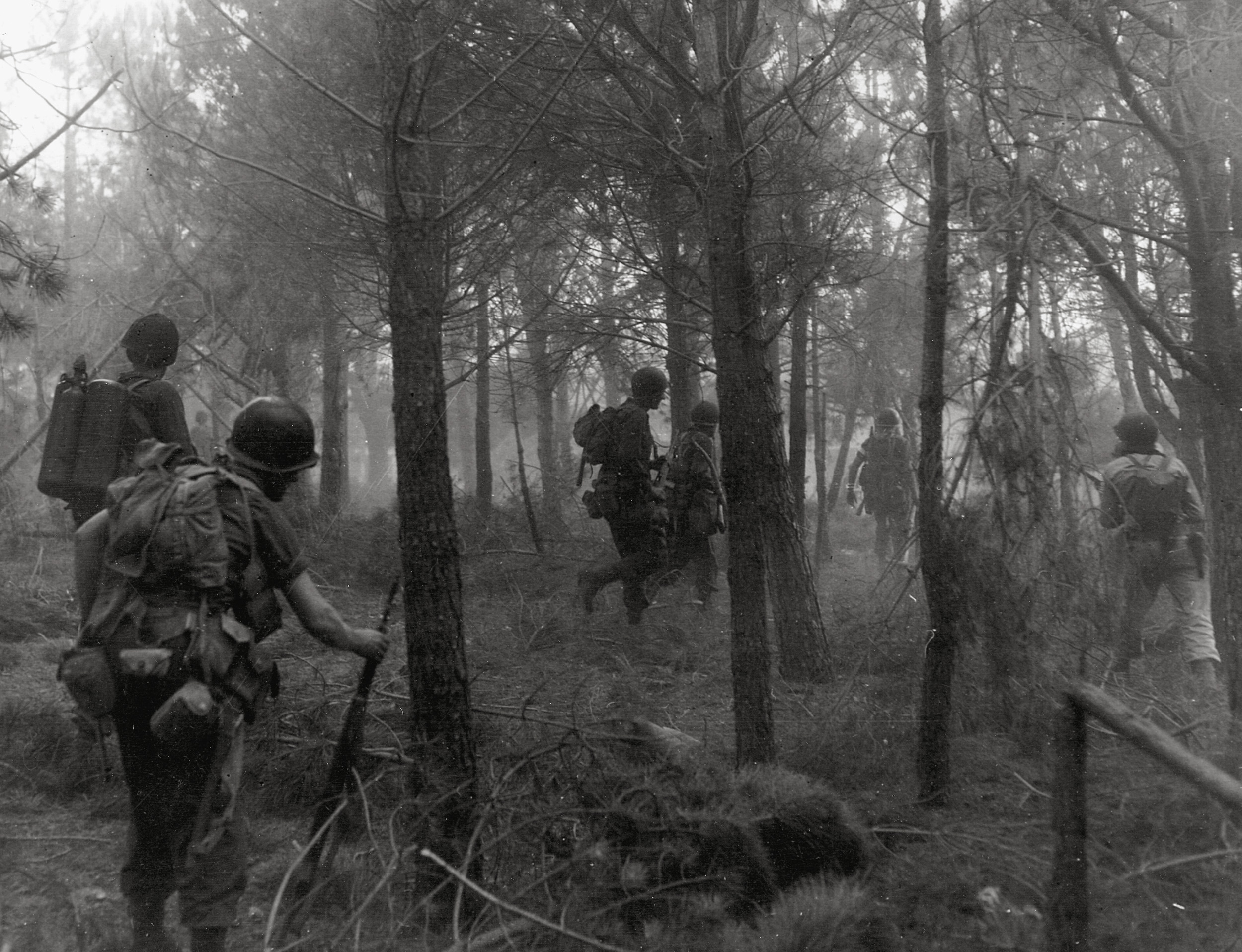
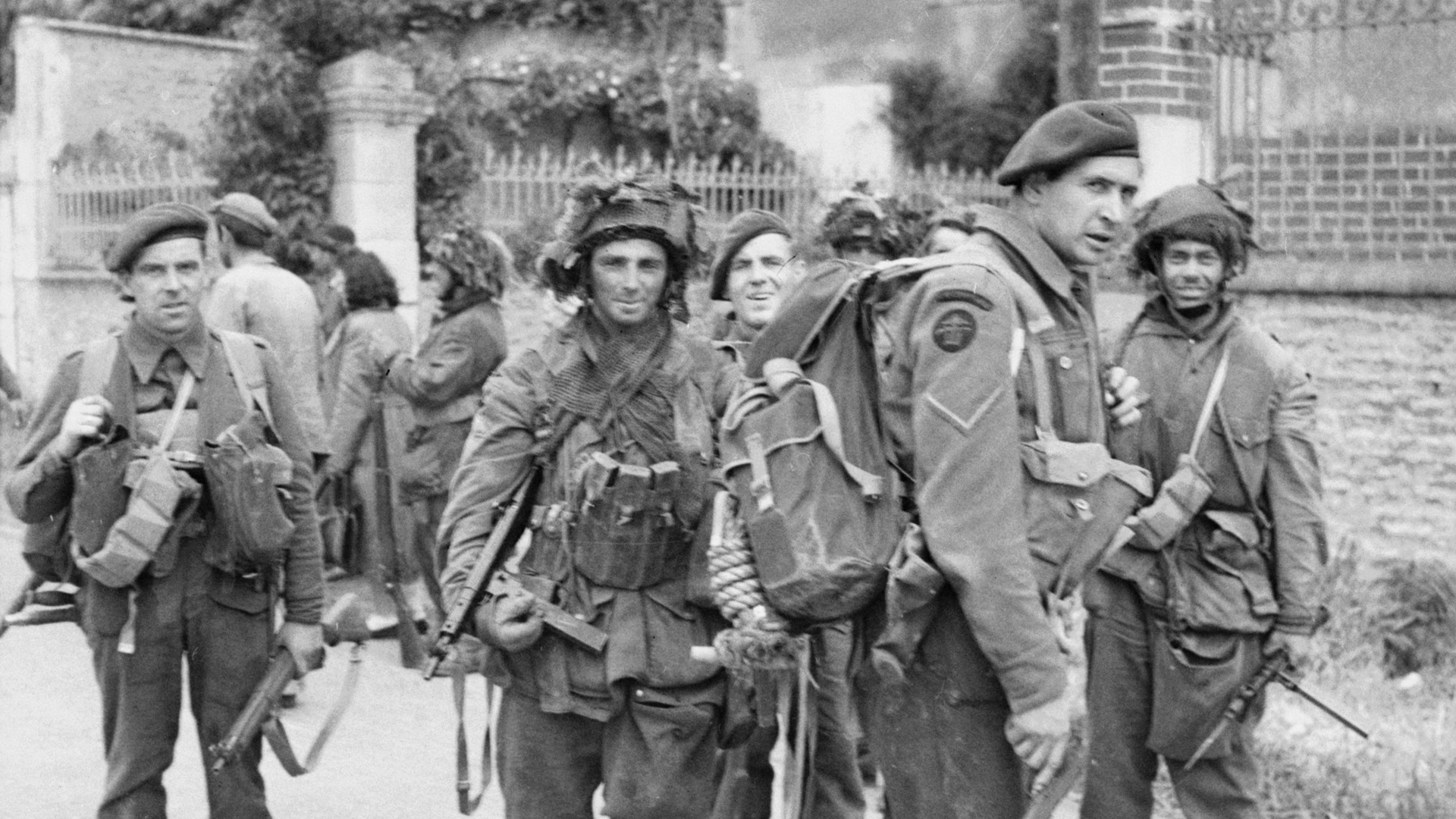
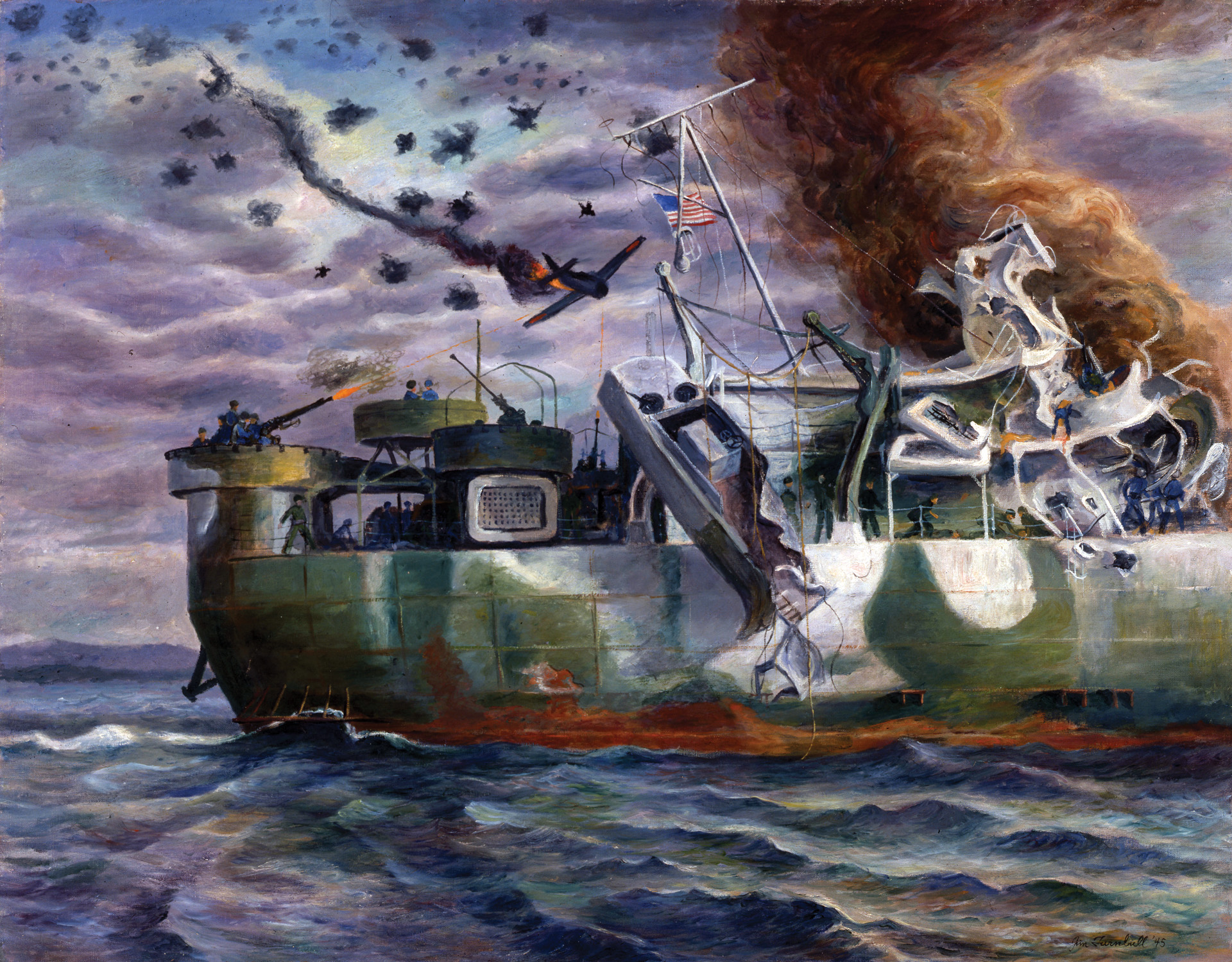
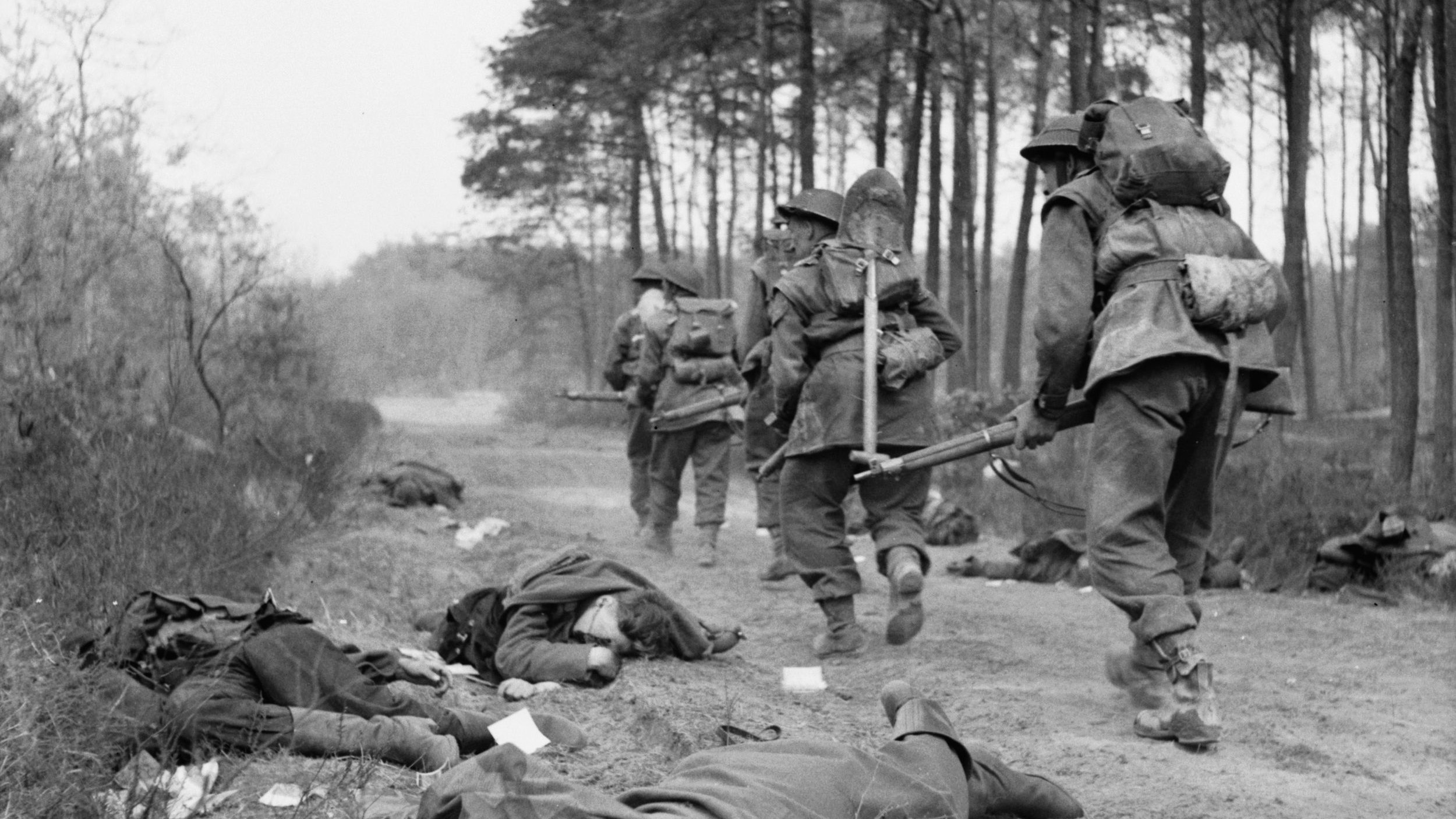
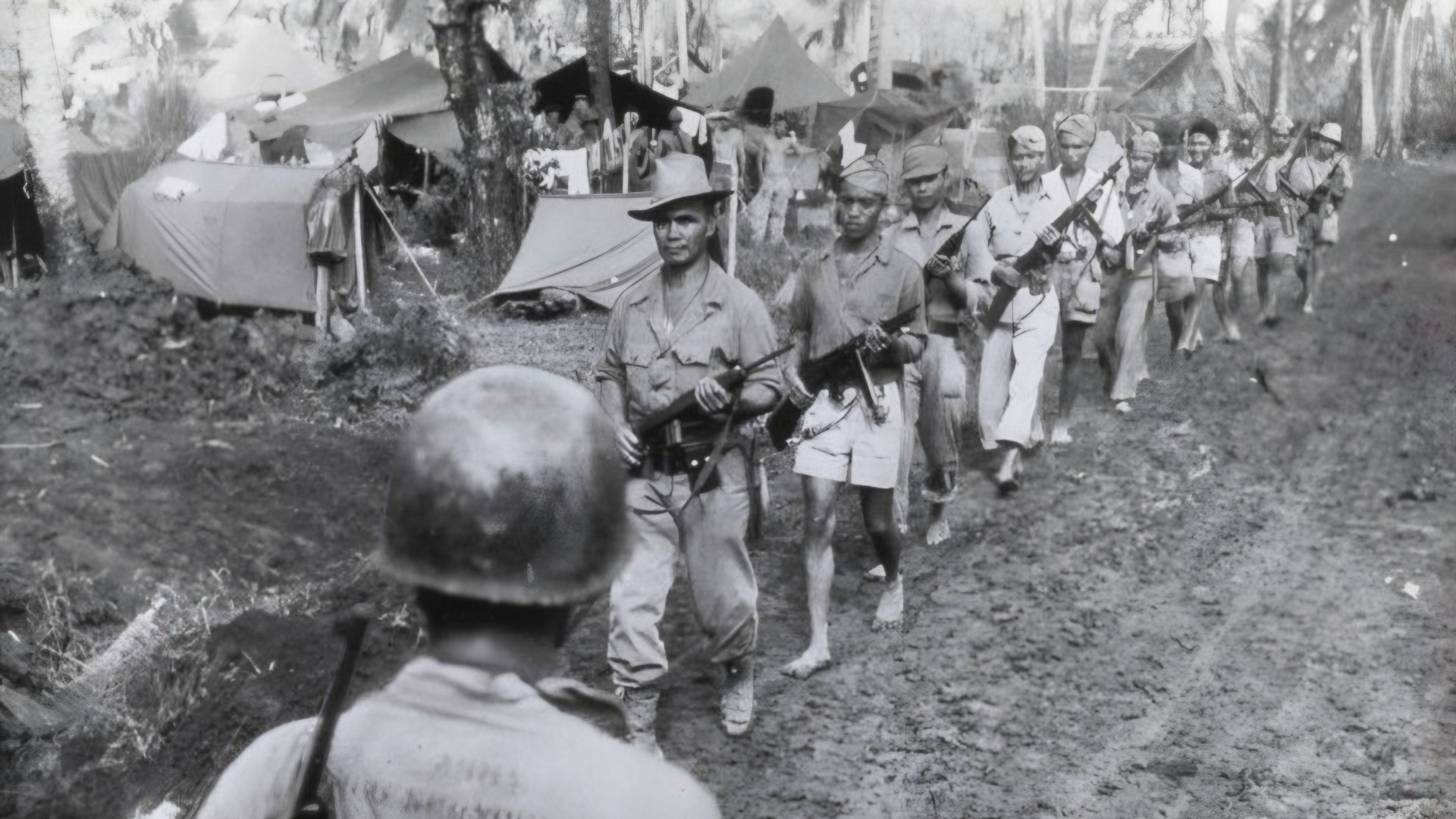
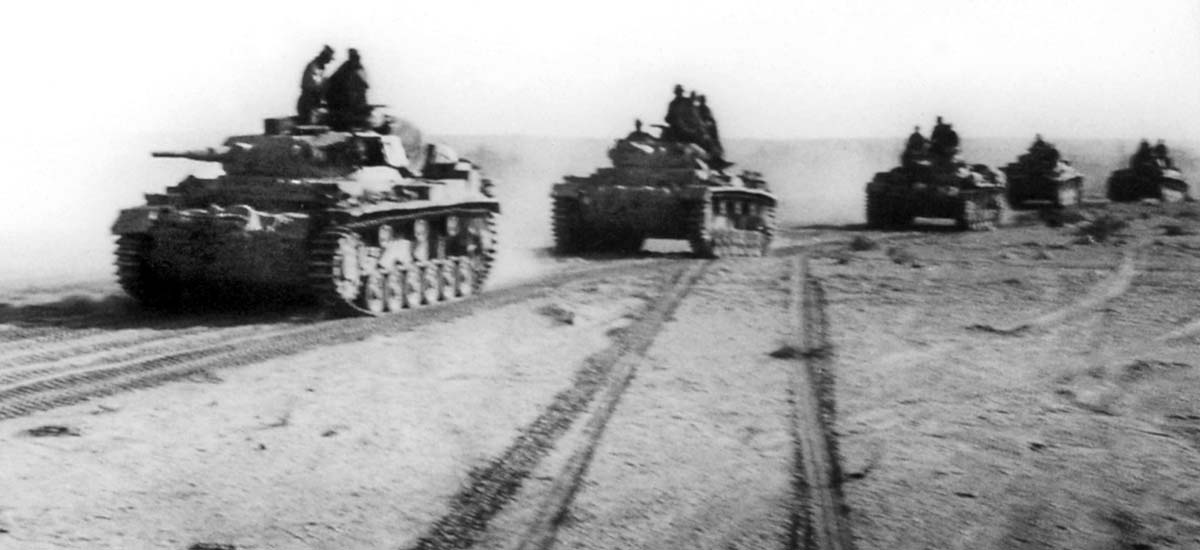
“In the course of this truly phenomenal achievement, Speer employed millions of foreign slave laborers…”
My in-laws were two such slave laborers. My mother-in-law was 15 or 16 when she was forced into a camp. Packed into a freight car with hundreds of others, they spent three days on the journey without food or water. Several people died, and there was no room even to set them down. She spent the rest of the war eating food deemed sub-standard for human consumption. To her dying day, she had nightmares.
I bet you’re proud of that, Albert, you scum. Burn in Hell.